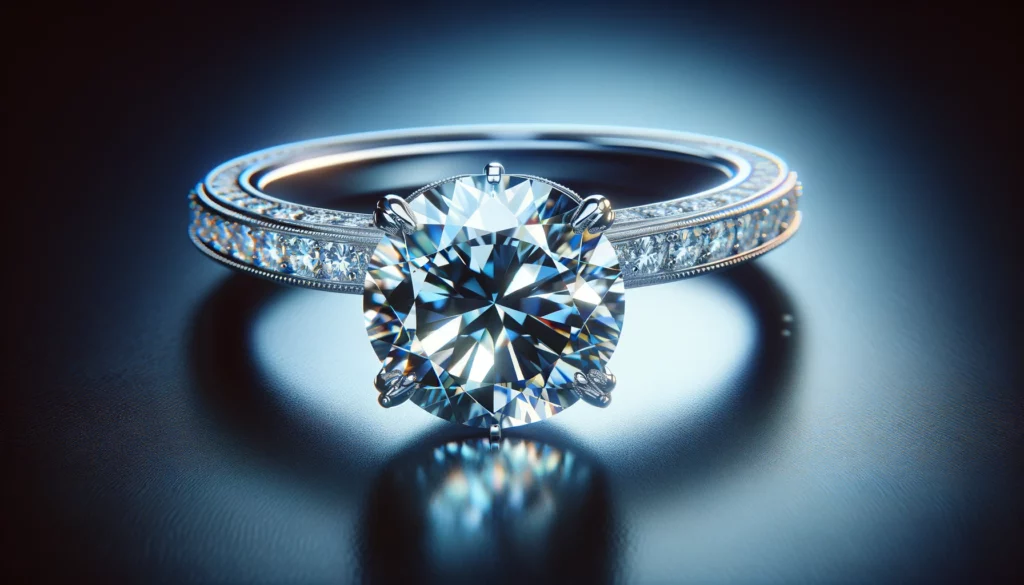
Minerals are not just the building blocks of rocks; they are the foundation of our civilization, playing a pivotal role in various industries from technology to jewelry. But some minerals are more valuable (and expensive) than others.
Valuable minerals such as diamonds, gold, lithium, and rare earth elements are highly sought after for their unique properties, including conductivity, durability, and rarity. These characteristics make them indispensable in various fields, driving demand for both practical (cobalt, for instance) and aesthetical purposes (jadeite).
The Most Valuable Minerals in the World
Valuable minerals are often characterized by their rarity, beauty, and utility in various applications. It’s virtually impossible to say what are the most valuable minerals in the world because there is so much variability in the quality and type of minerals, as well as in the way they are processed for different applications. However, among these, certain minerals (and the elements extracted from their respective ore) stand out for their exceptional worth:
- Diamonds: Beyond their allure in jewelry, diamonds are prized for their unmatched hardness and thermal conductivity, making them essential in industrial applications.
- Approximate price per gram: $4,400-$100,000
- Gold: A symbol of wealth and prosperity, gold’s value stems from its rarity, malleability, and resistance to corrosion, serving both ornamental and investment purposes. Gold is considered both a mineral and a native element.
- Approximate price per gram: $70
- Platinum: This precious metal is highly valued for its scarcity, industrial applications, especially in automotive catalytic converters, and jewelry.
- Approximate price per gram: $30.
- Lithium: Dubbed “white gold,” lithium’s demand has skyrocketed due to its critical role in rechargeable batteries powering electric vehicles and portable electronics.
- Approximate price per gram: $10.
- Rare Earth Elements (REEs): A group of 17 elements, including neodymium and dysprosium, crucial for manufacturing high-tech devices, from smartphones to wind turbines and military equipment.
- Approximate price per gram: $60-600.
- Rhodium: Among the platinum group metals, rhodium is particularly important due to its rarity and high reflectance. It’s primarily used in automotive catalytic converters and as a premium jewelry finish.
- Approximate price per gram: $160.
- Uranium: The backbone of nuclear energy, uranium’s value lies in its ability to generate substantial amounts of clean energy, making it a key resource for countries pursuing nuclear power.
- Approximate price per gram: $0.1 per gram.
- Silver: Beyond its historical use as currency, silver’s exceptional electrical conductivity, reflectivity, and thermal conductivity make it indispensable in photography, jewelry, and electronics.
- Approximate cost per gram: $20.
- Cobalt: Critical for the production of rechargeable batteries and superalloys, cobalt is an increasingly important mineral in the world’s economy. However, large quantities of cobalt are increasingly produced, lowering its cost compared to the other minerals here.
- Approximate cost per gram: $0.2.

Minerals Valuable for their Beauty
Okay, okay, I know what you’re thinking: it’s not exactly fair to lump gold and diamonds (even though they are technically minerals) and things like cobalt. But remember, the value of minerals can vary drastically, depending on numerous factors, so no matter how you do any ranking, it’s not going to make perfect sense.
So instead, let’s look at some valuable minerals for different purposes, without trying to put a fixed value (or a ranking) on them.
- Rubies: Valued for their vibrant red color and hardness, rubies have been a symbol of passion and power for centuries.
- Sapphires: These gems come in various colors, but the deep blue sapphires are especially prized for their beauty and durability.
- Emeralds: Famous for their rich green color, emeralds are cherished in high-end jewelry, despite their brittleness.

Minerals Valuable for their Rarity
Some minerals owe their value to their scarcity, making them rarities that collectors and specialists seek out.
- Painite: Once considered the world’s rarest mineral, painite is a borate mineral that enthusiasts highly covet for its rarity and unique crystal structure.
- Red Beryl: Also known as “red emerald” or “scarlet emerald,” this mineral is found in specific regions of Utah, USA, and is valued for its rarity and striking red color.
- Jadeite: The most valuable form of jade, jadeite, is prized for its intense green color and hardness, with the finest specimens sourced from Myanmar.

Minerals Valuable for their Industrial Use
Beyond their aesthetic and collectible value, many minerals are indispensable to various industries for their unique properties.
- Graphite: Essential in the production of lithium-ion batteries, graphite is also used in brake linings, lubricants, and steelmaking.
- Copper: This versatile metal is crucial in electrical wiring, plumbing, and the manufacture of electronics, thanks to its excellent conductivity and malleability.
- Bauxite: The primary ore of aluminum, bauxite, is integral in the aerospace, transportation, and construction industries for its lightweight and strong properties.
Minerals Valuable for Technological Applications
The advancement of technology has heightened the importance of certain minerals, making them indispensable in modern applications.
- Silicon: The backbone of the electronics industry, silicon is used in the manufacture of semiconductors and solar panels.
- Gallium: With its low melting point and ability to conduct electricity, gallium is essential in semiconductors and LEDs.
- Indium: This metal is crucial in the production of touch screens, LCDs, and solar panels, thanks to its excellent conductivity and transparency.
Conclusion
The world of minerals is an incredibly diverse one. Each mineral is important for different reasons — from their unmatched beauty and rarity to their indispensable roles in industries and technology.
Geological research has advanced tremendously but there’s still a lot we don’t know. As we continue to explore and understand the depths of our planet, the value of minerals may change accordingly.






